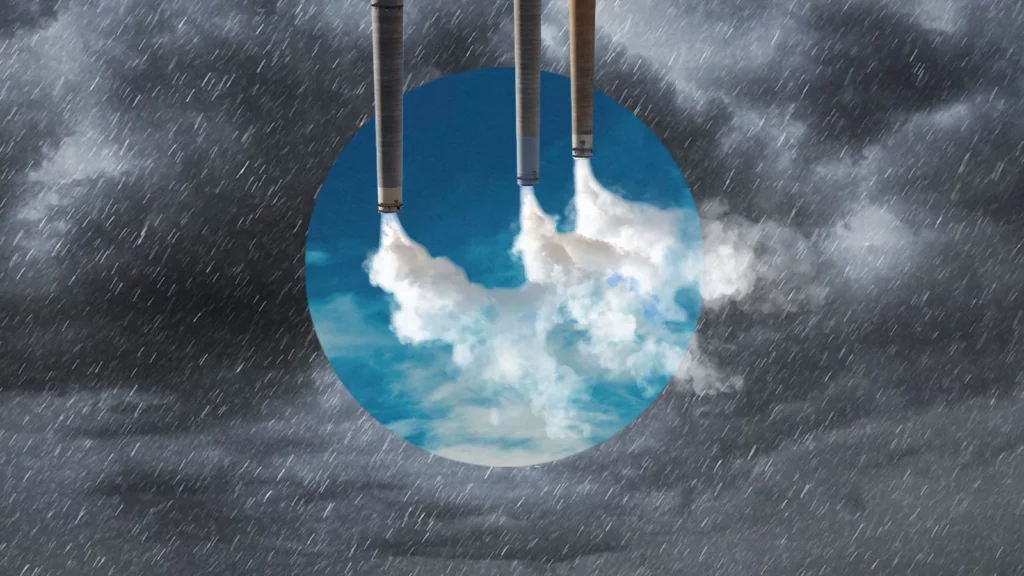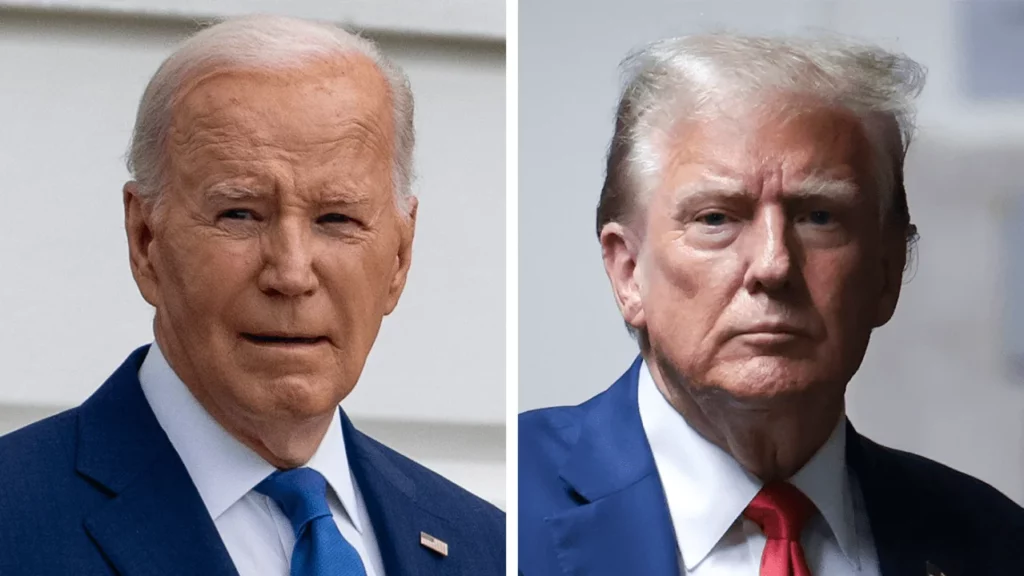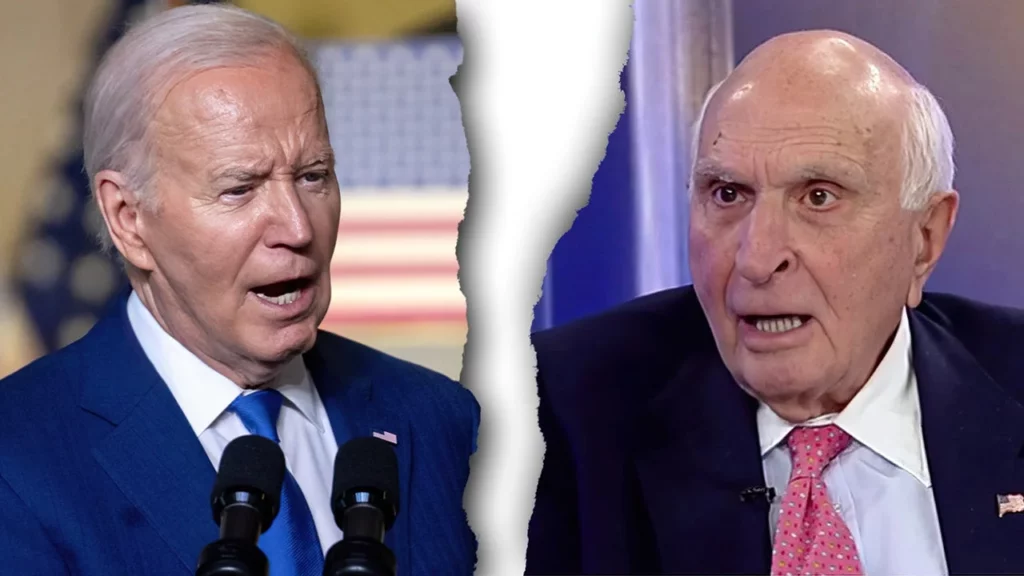The Invisible Umbrella: How Air Pollution Has Been Shielding Us From the Storm
Imagine an invisible umbrella, one that’s been unwittingly opened over the United States for decades, shielding it from the downpour of increased rainfall. This isn’t the plot of a sci-fi novel but the reality of how aerosol pollutants have masked the effects of global warming on rainfall. Now, as clean air laws like the U.S. Clean Air Act lead to clearer skies, this umbrella is being folded up, revealing the true face of climate change.
A Tale of Two Pollutants
While greenhouse gases have been turning up the heat, aerosols — tiny particles in the air — have been cooling things down by reflecting sunlight away from the Earth. This duality has kept the expected increase in rainfall at bay. However, recent research indicates that as aerosol levels drop, the U.S. is bracing for a surge in extreme rainfall and floods.
The Faustian Bargain
James Hansen once referred to the trade-off between reducing aerosols for cleaner air and facing accelerated global warming as a ‘Faustian bargain’. Now, with aerosols diminishing, we’re about to see the other side of the deal — a wetter, wilder climate.
Unmasking the Climate Hazards
Studies now show that the decrease in aerosol pollution is unveiling climate hazards previously kept at bay. The U.S., particularly the Southeast, is witnessing more intense storms and rainfall, a trend that’s likely to continue as the balance tips further in favor of greenhouse gases.
As we step into a future with cleaner air, we’re also stepping into one with more extreme weather. The invisible umbrella that once shielded us is no longer there, leaving us to face the storm head-on. Will our infrastructure, policies, and communities be ready for the deluge?






